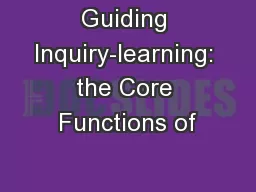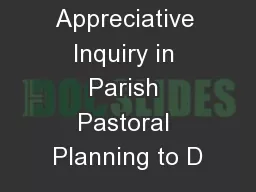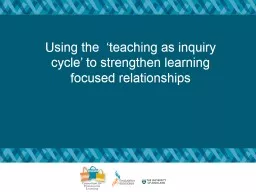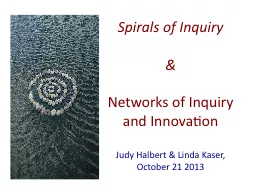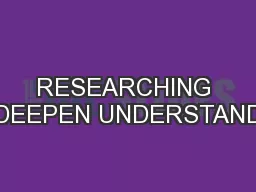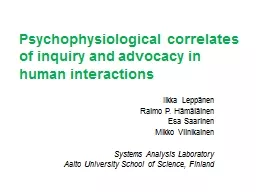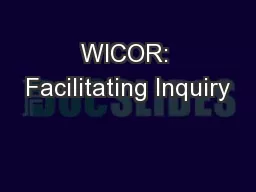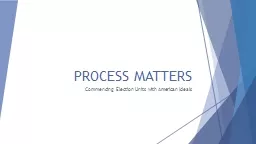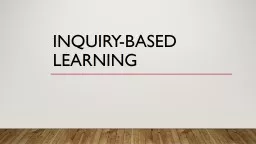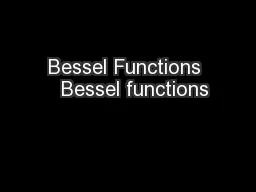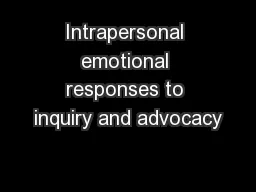PPT-Guiding Inquiry-learning: the Core Functions of
Author : lindy-dunigan | Published Date : 2018-03-09
Science Centres Educators Long Jinjing Introduction PART 1 A brief review to the evolution of the educators function as well as the educational philosophy in
Presentation Embed Code
Download Presentation
Download Presentation The PPT/PDF document "Guiding Inquiry-learning: the Core Funct..." is the property of its rightful owner. Permission is granted to download and print the materials on this website for personal, non-commercial use only, and to display it on your personal computer provided you do not modify the materials and that you retain all copyright notices contained in the materials. By downloading content from our website, you accept the terms of this agreement.
Guiding Inquiry-learning: the Core Functions of: Transcript
Download Rules Of Document
"Guiding Inquiry-learning: the Core Functions of"The content belongs to its owner. You may download and print it for personal use, without modification, and keep all copyright notices. By downloading, you agree to these terms.
Related Documents

